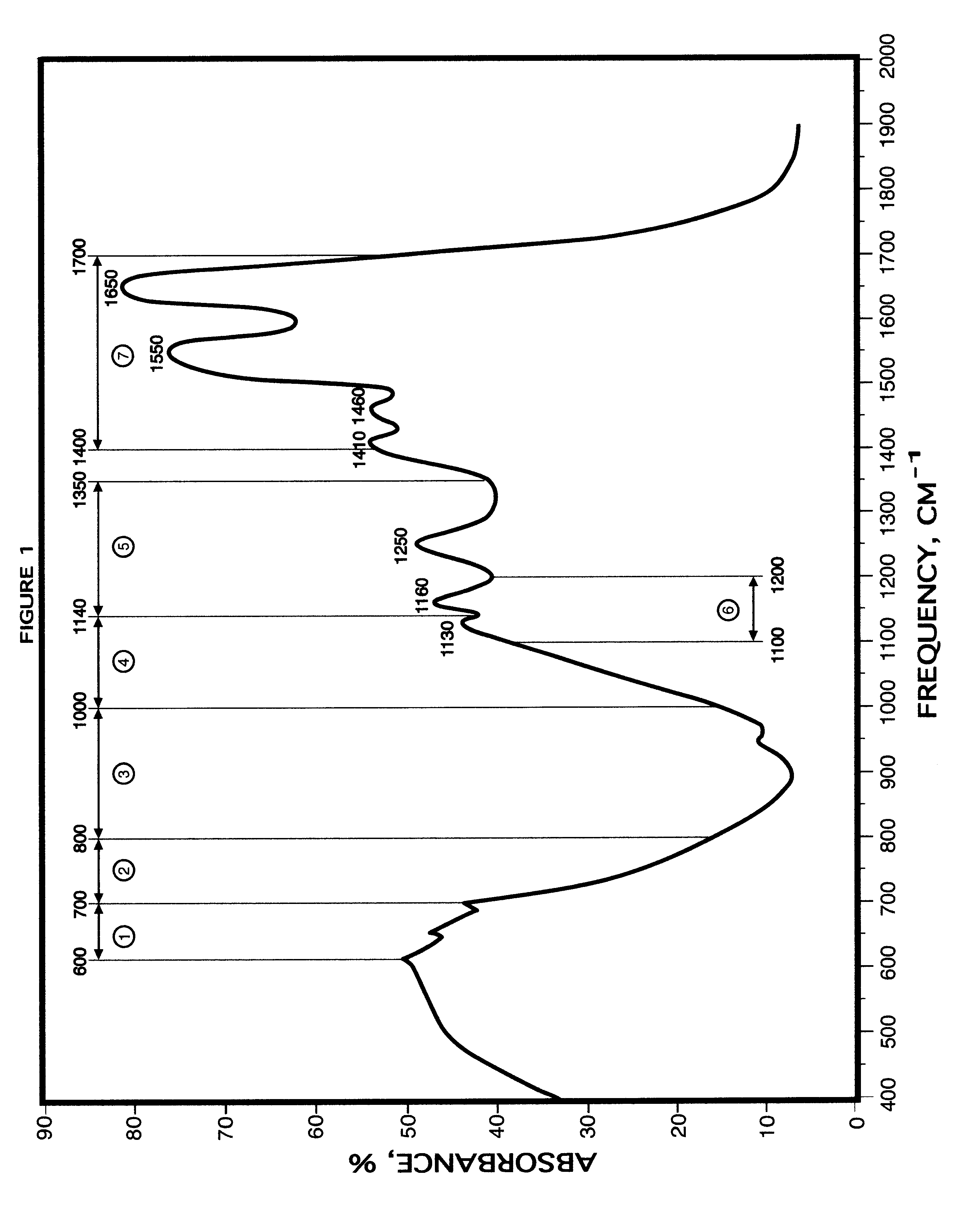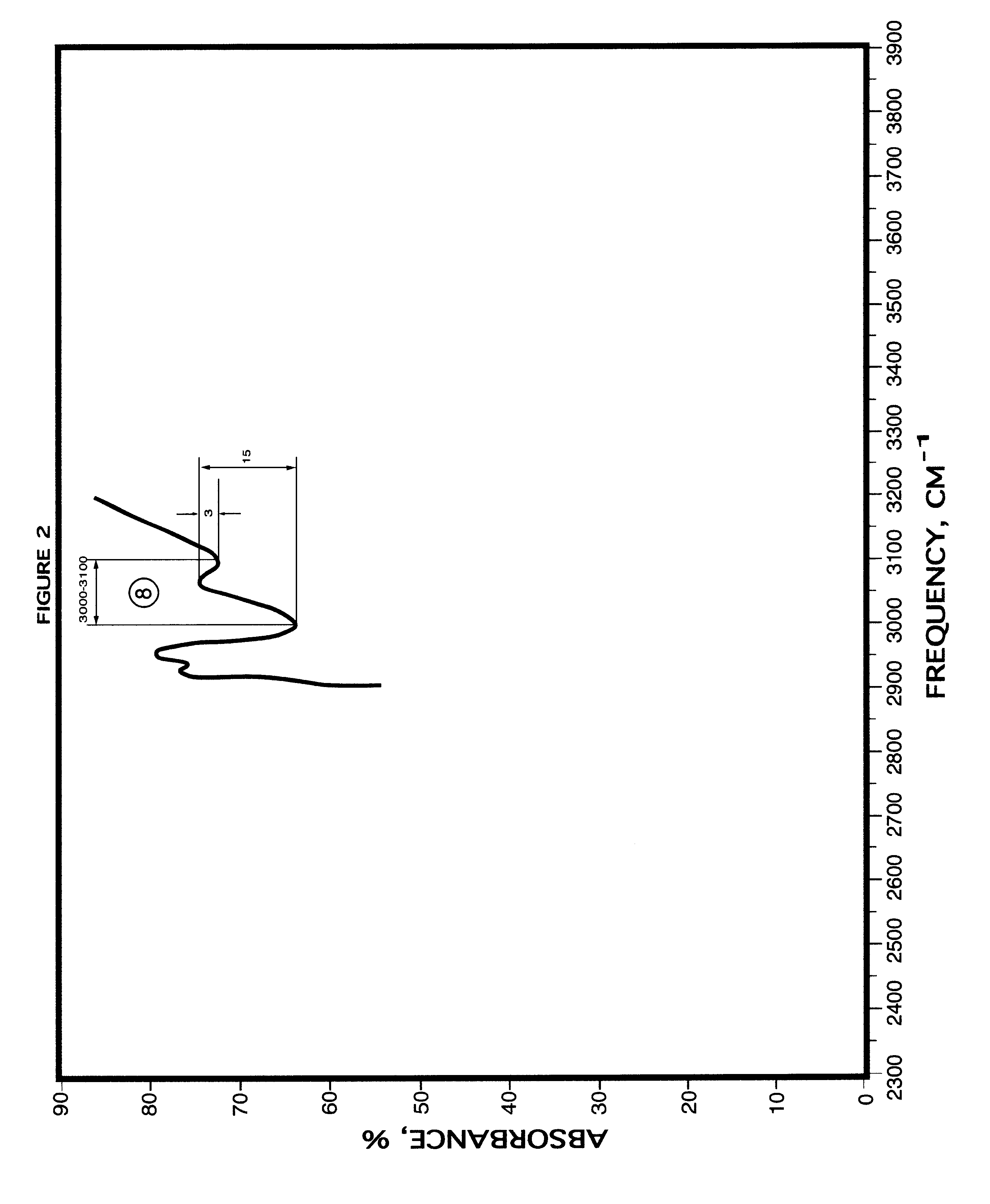Method for blood infrared spectroscopy diagnosing of inner organs pathology
a technology of infrared spectroscopy and inner organs, which is applied in the field of infrared spectroscopy method for the diagnosis of a disease state of a mammal, can solve the problems of numerous limitations, no universal technique exists today that would allow for a quick, minimally invasive broad diagnosis, and increase the serum enzyme level, so as to achieve rapid and accurate early diagnosis
- Summary
- Abstract
- Description
- Claims
- Application Information
AI Technical Summary
Benefits of technology
Problems solved by technology
Method used
Image
Examples
Embodiment Construction
A detailed description of the present invention follows with reference to accompanying drawings, in which like elements are indicated by like reference letters and numerals. Solid lines are used to illustrate normal, non-diseased conditions, while dashed lines are used to show how the solid line would change in case of a particular disorder. Dashed lines should be generally projected vertically upwards or downwards and substituted in place of corresponding solid lines to gain appreciation of the exact nature of the full chart. The following description is arranged along the IR spectra from the lower levels to the higher levels. One should appreciate that in this case various diseases for a particular organ may be described in different parts of the text due to the fact that different portions of the IR spectra may be affected.
FIGS. 1 and 2 illustrate a normal IR absorbance spectra recorded accordingly in the range of about 400 cm.sup.-1 to about 2000 cm.sup.-1, and of about 3000 cm....
PUM
| Property | Measurement | Unit |
|---|---|---|
| infrared spectroscopy | aaaaa | aaaaa |
| infrared absorbance | aaaaa | aaaaa |
| frequency | aaaaa | aaaaa |
Abstract
Description
Claims
Application Information
 Login to View More
Login to View More - R&D
- Intellectual Property
- Life Sciences
- Materials
- Tech Scout
- Unparalleled Data Quality
- Higher Quality Content
- 60% Fewer Hallucinations
Browse by: Latest US Patents, China's latest patents, Technical Efficacy Thesaurus, Application Domain, Technology Topic, Popular Technical Reports.
© 2025 PatSnap. All rights reserved.Legal|Privacy policy|Modern Slavery Act Transparency Statement|Sitemap|About US| Contact US: help@patsnap.com



